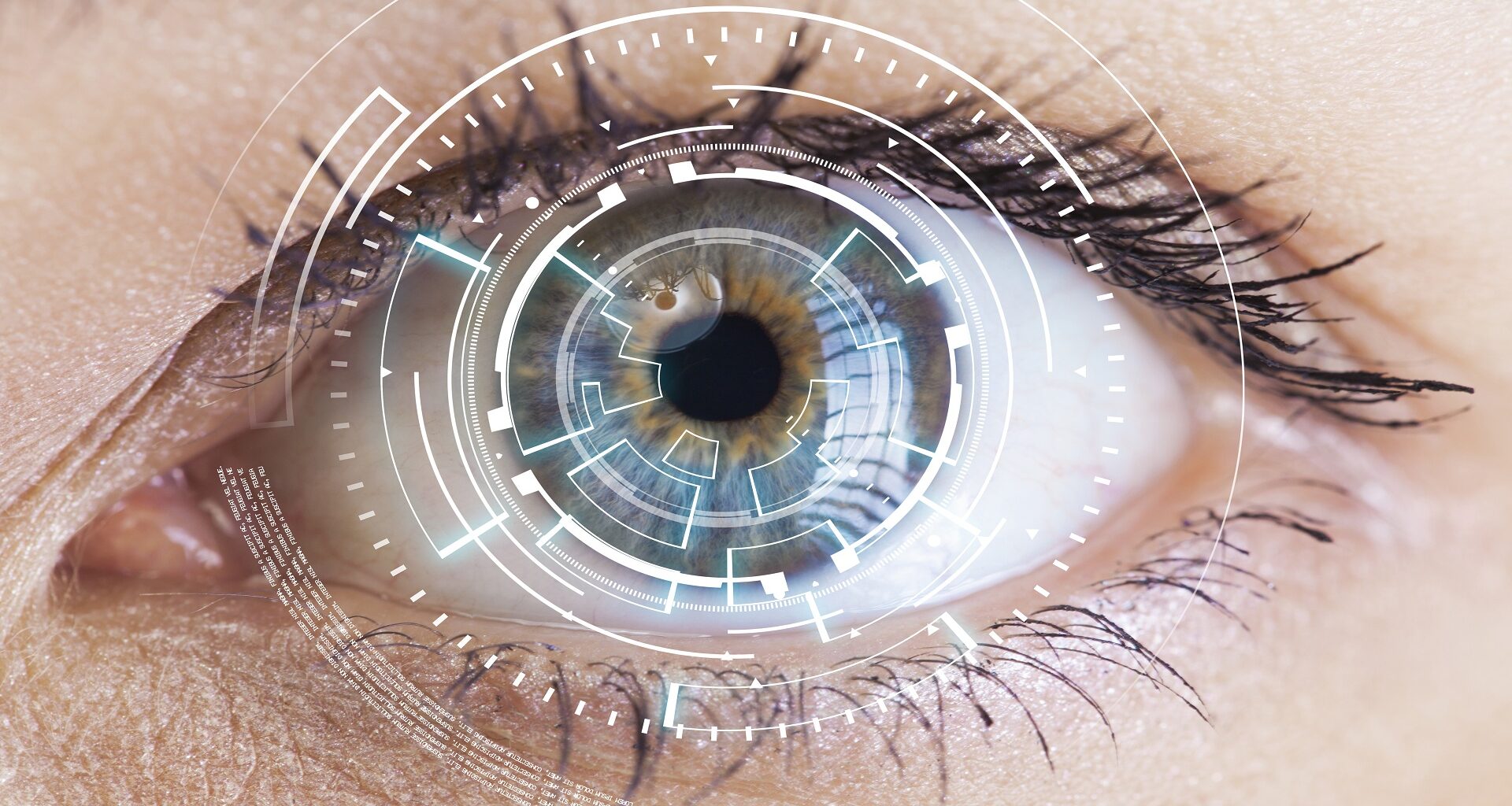Eyes have long been called a window to the world — but new research suggests they may also reveal the state of a person’s mental health.
New study by a team of international researchers from the University of Zurich and the University Hospital of Psychiatry, Zurich finds that genetic risk for schizophrenia is linked to thinner retinas, suggesting that one day retinal scans could aid in early detection and intervention of the disease.
A part of the central nervous system, retina is directly connected to the brain, showing subtle signatures of shift in the brain activity in the eyes.
Researchers investigated whether disruptions in neural communication are tied to genetic risk factors for schizophrenia — a disorder known for affecting how the brain processes information.
Genetic risk meets retina
Previous studies have suggested that schizophrenia may be associated with a loss of gray matter in the brain and thinning of the retina. Yet it remains uncertain whether these changes contribute to the development of the disorder or emerge as a consequence of it.
Other variables — such as the effects of antipsychotic medications, lifestyle habits, or comorbid conditions like diabetes — could also play a role in altering the retina.
“To investigate whether the risk of developing schizophrenia has an effect on the central nervous system, we examined tens of thousands of healthy individuals,” first author of the study Finn Rabe said.
“We then calculated polygenic risk scores for each individual.”
The team drew on extensive genetic and retinal data from the UK Biobank, a vast biomedical database that houses information from more than half a million participants.
“You could say that the scale of the UK Biobank’s data has revolutionized biomedical research,” the researcher adds.
The study found that greater genetic susceptibility to schizophrenia is linked to thinner retinal tissue.
However, the effect size is small and becomes apparent only when examined across large populations.
The researchers also highlighted that unlike brain changes, alterations in the retina can be detected easily, non-invasively, and at relatively low cost, offering a notable advantage.
Using optical coherence tomography, a technique similar to ultrasound but for the eye, retinal thickness can be measured in just a few minutes, opening up promising possibilities for early detection and prevention.
“Our study shows the potential of using optical coherence tomography in clinical practice. But large-scale longitudinal studies are needed to examine how useful it will be for prevention,” Rabe said.
Inflammation’s hidden retinal imprint
Another important finding from the study points to genetic variants linked to inflammatory processes in the brain, which may also play a role in structural changes observed in the retina.
These results lend additional support to the inflammation hypothesis of schizophrenia — the idea that inflammation could drive the onset or progression of the disorder.
“If this hypothesis is confirmed, inflammation could be interrupted by medication, potentially enabling us to improve treatment possibilities in the future,” Rabe explained.
The study has been published in the journal Nature Mental Health.
